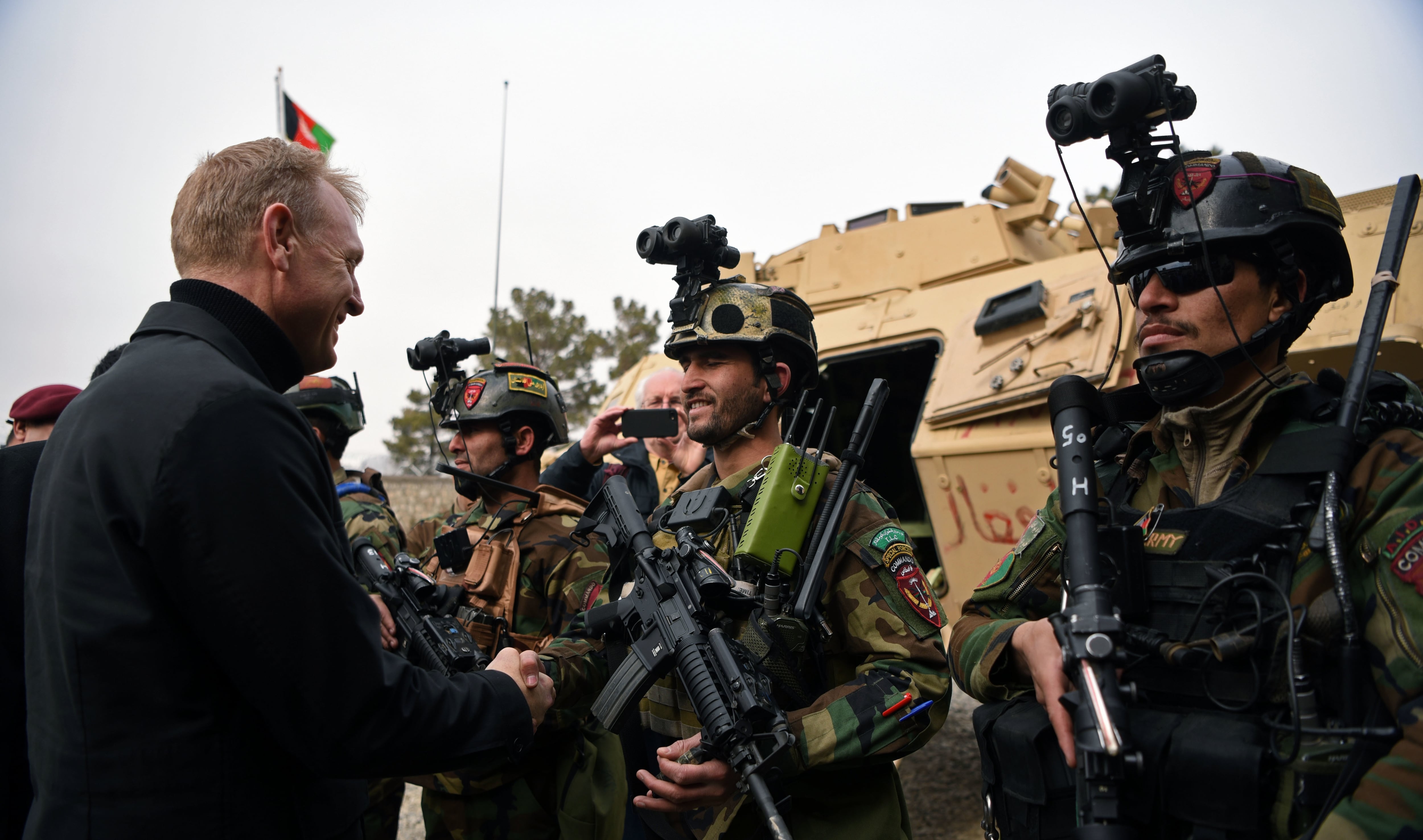Afghanistan remains dependent on the U.S.-led coalition to combat insurgencies, pay Afghan troops, maintain oversight of corruption and generally just prevent the country from devolving into chaos.
That doesn’t bode well for the peace negotiations currently underway between U.S. and Taliban diplomatic teams.
A new series of warnings were introduced by John F. Sopko, the special inspector general for Afghanistan reconstruction, ahead of the release of SIGAR’s 2019 “High-Risk List” report.
SIGAR has made two previous High-Risk List reports, Sopko said, but this one is unique due to the ongoing peace negotiations to end America’s longest war.
The list is meant to highlight threats to what the U.S. and Afghan government have achieved after nearly two decades of conflict, more than 2,400 U.S. troop deaths and more than $780 billion spent on the country.
“SIGAR is not taking a position on whether a peace agreement is achievable, imminent or practicable,” said Sopko, who spoke at the Center for Strategic and International Studies in Washington on Thursday, in prepared remarks provided in advance to Military Times.
“Nor are we predicting or speculating in what context or scenarios a deal might emerge or what provisions it would or should include — that we leave to the administration and Congress.”
Cash flow must continue
Over the next year, the Afghan government anticipates spending approximately $5 billion, according to SIGAR’s report. Half of that is expected to be funded by international donors.
Continued funding for the Afghan security forces is likely essential to keeping the Afghan troops from devolving into clan- and tribal-based allegiances.
More than 300,000 Afghans currently serve in the country’s security forces, most of whom are armed, according to SIGAR.
“If, because of a loss of financial support, their paychecks were to stop coming, this could pose a serious threat to Afghanistan’s stability,” Sopko said.
The Afghan government plans to contribute twenty percent of its domestic revenue — $500 million — toward its own defense against the Taliban insurgency and terrorist groups.
The Pentagon estimates security funding requirements for Afghanistan for the year to be about $6.5 billion, of which the U.S. Congress is providing $4.9 billion.
“Without financial support from international donors, the government of Afghanistan cannot survive,” Sopko said.
“Sluggish economic growth, historically anemic revenue collection, and a general lack of economic opportunity, combined with massive government obligations and rampant public corruption, means that Afghanistan will not have the capability to fully finance its own expenditures for many years to come.”
Another U.S. draw-down?
Also hanging over the peace negotiations is a desire by President Donald Trump to withdraw half of the estimated 14,000 U.S. troops in Afghanistan, though that has not yet begun.
“Almost all of the key Afghan combat units that were actually involved in offensive or major operations had U.S. combat support, and U.S. training and support, forward in the units,” Anthony H. Cordesman, a national security analyst at CSIS, said Thursday. “When we talk about peace or war, that doesn’t exactly argue for a 7,000 personnel reduction.”
Cordesman added that Afghan forces are still incredibly dependent on U.S. Air Force assets, which have dropped record levels of bombs and aerial resupplies in-country over the past year.
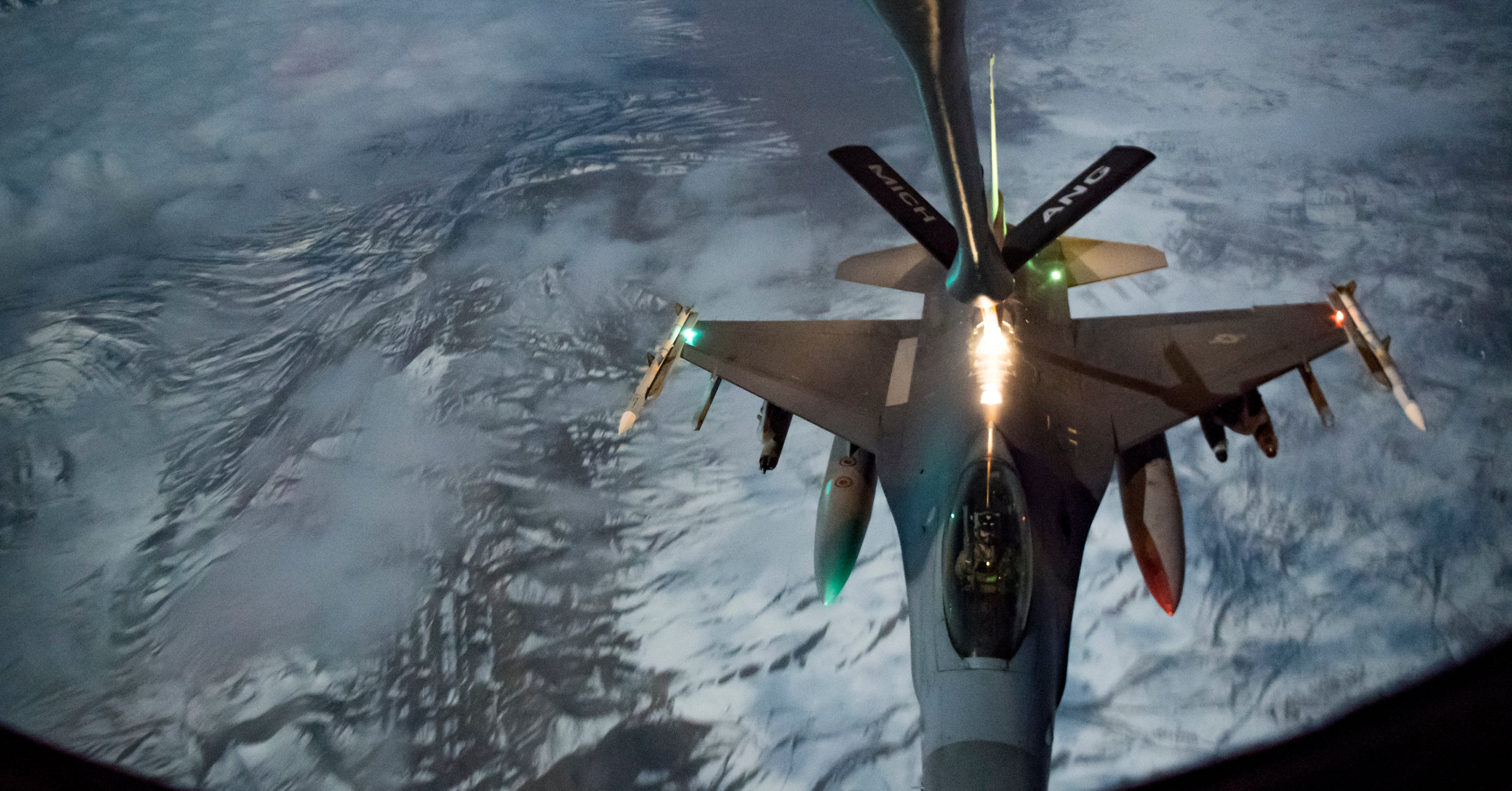
“It’s important to note that we made an absolutely massive increase in the role of the U.S. in combat in supporting Afghanistan,” Cordesman said.
“We flew 25 percent more strike sorties in January than we did in the previous January and twelve times the number than we did in 2015,” he added.
The Afghan Air Force, while growing, is still incredibly dependent on U.S. civilian contractors for maintenance. Those contractors cannot work in environments without U.S. force protection. Were the U.S. to depart Afghanistan, the Afghan air fleet would likely soon deteriorate.
Reintegrating 60,000 Taliban militants
Another major area of concern is the long-term reintegration of Taliban fighters back into mainstream Afghan society, SIGAR officials said in their report.
SIGAR estimated that there are roughly 60,000 heavily armed Taliban fighters who will fall under this reconciliation process. Militants and their families will face the same weak local economy, terrible job opportunities and political fragility that the rest of Afghanistan currently does.
RELATED
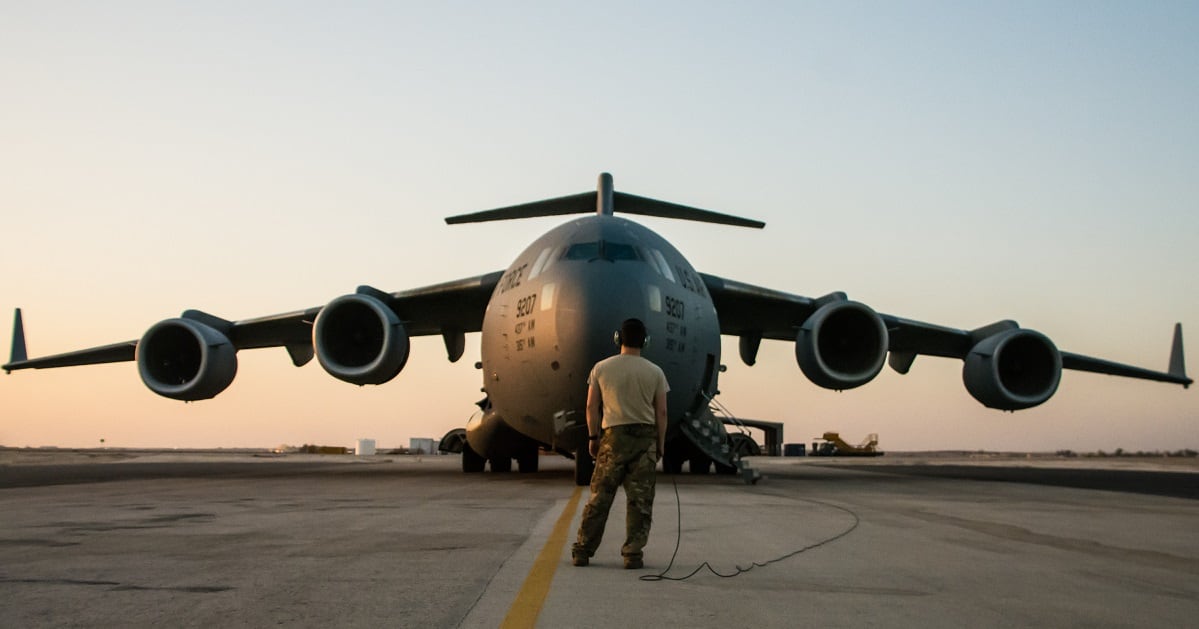
That is to say nothing of the “distrust from a population traumatized by over four decades of conflict,” Sopko said.
SIGAR is currently working on a report looking at lessons from past reintegration efforts in Afghanistan.
But successful reintegration following other civil conflicts have typically required extensive government involvement, which doesn’t bode well for an Afghan government that is still generally weak.
Meanwhile, the Taliban as a movement appears strong, Seth G. Jones, a senior adviser at CSIS, said Thursday.
“Taliban influence of territory and population continues to be strong, in some areas has grown,” Jones said. “And so we’re dealing with a Taliban that’s in a better position than it was 15 years ago.”
Taliban forces did appear unified over the summer, when they managed to uniformly honor a week-long ceasefire with the Afghan government over the Eid holiday, which marks the end of Ramadan fasting.
But the Taliban is not a monolithic organization, and a peace deal could cause splintering among its ranks. It’s difficult to predict how the organization will handle a peace agreement.
Protecting the gains of Afghan women
One of the low key successes of the war in Afghanistan has been the extension of civil liberties and rights to women, who suffered brutally under Taliban rule in the late 1990s.
“Let me be very clear, Afghanistan continues to be one of the most challenging places in the world to be a woman,” Sopko said.
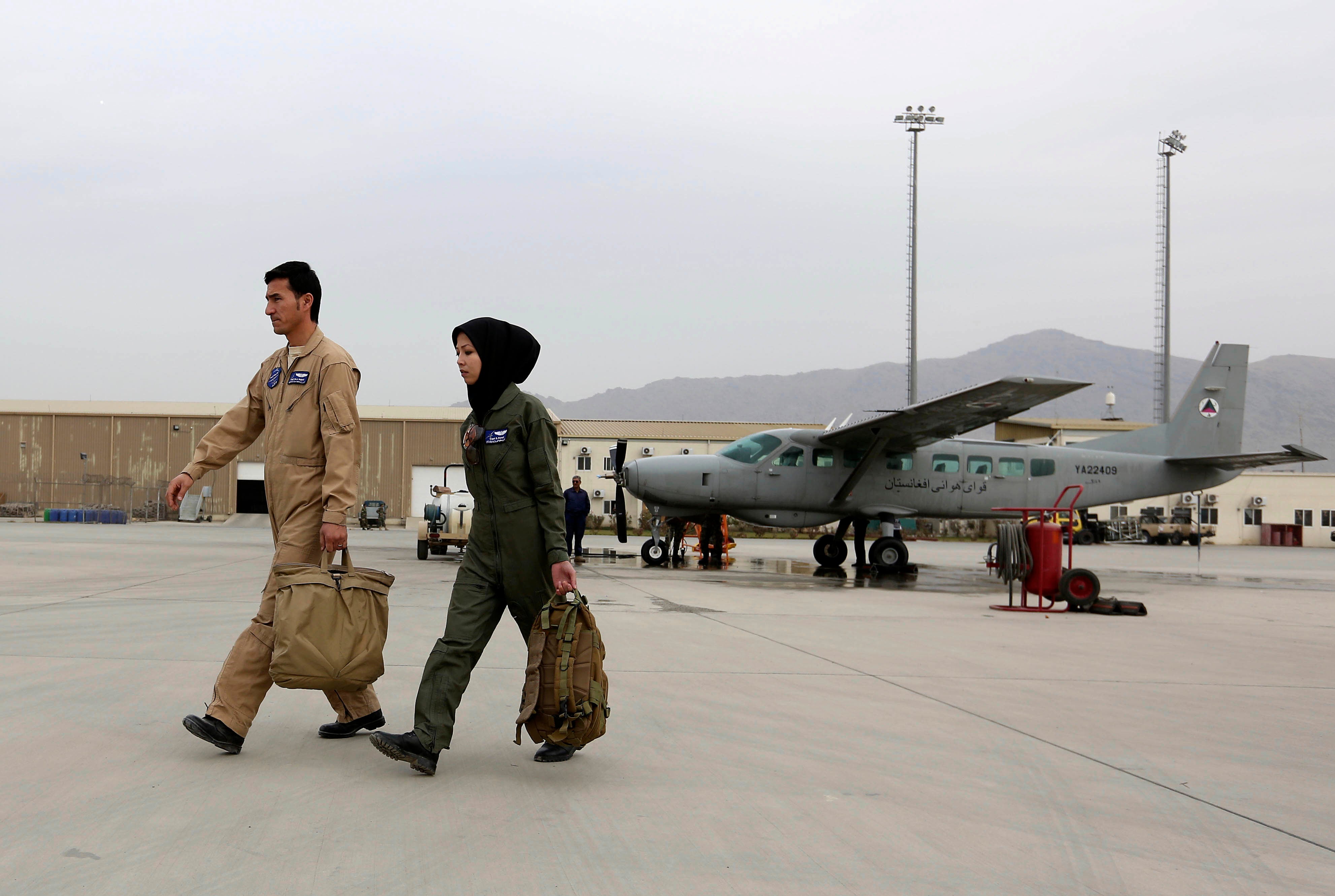
However, progress has been made. Since 2001, millions of Afghan women have voted.
Of 320 parliamentary seats, 63 are held by women; 68,000 Afghan women are school and university instructors. And another 6,000 serve as judges, prosecutors, defense attorneys, police and soldiers, according to SIGAR’s report.
“All of this would have been unthinkable during the Taliban’s reign,” according to Sopko.
In areas the Taliban currently controls, their reign isn’t as brutal as the 1990s, Jones noted.
“But this is not a Taliban that has been imbued with supporting women’s rights or benign aspects of justice,” Jones said. “We still see them cutting off hands and executing individuals.”
That raises concerns about how the Taliban will fit into society after a possible U.S. withdrawal, Jones added.
Oversight
Because Afghanistan requires such robust external funding, there is always a concern about corruption, which already plagues the country.
“Of particular concern to me in the oversight field is the suggestion that if the United States reduces its military and civilian presence in Afghanistan, an even greater proportion of our financial support will be provided as ‘on-budget’ assistance,” Sopko said.
On-budget assistance is money provided directly to the Afghan government that they — rather than the U.S. or other donors — are responsible for managing and monitoring.
The U.S. has already provided about $9 billion directly to the Afghan government, according to Sopko. And the U.S. has provided about $5 billion to multilateral trust funds, like the World Bank, which often provide funds directly to the Afghan government.
SIGAR reports over the years have consistently shown that this money is subject to rampant waste, fraud and abuse.
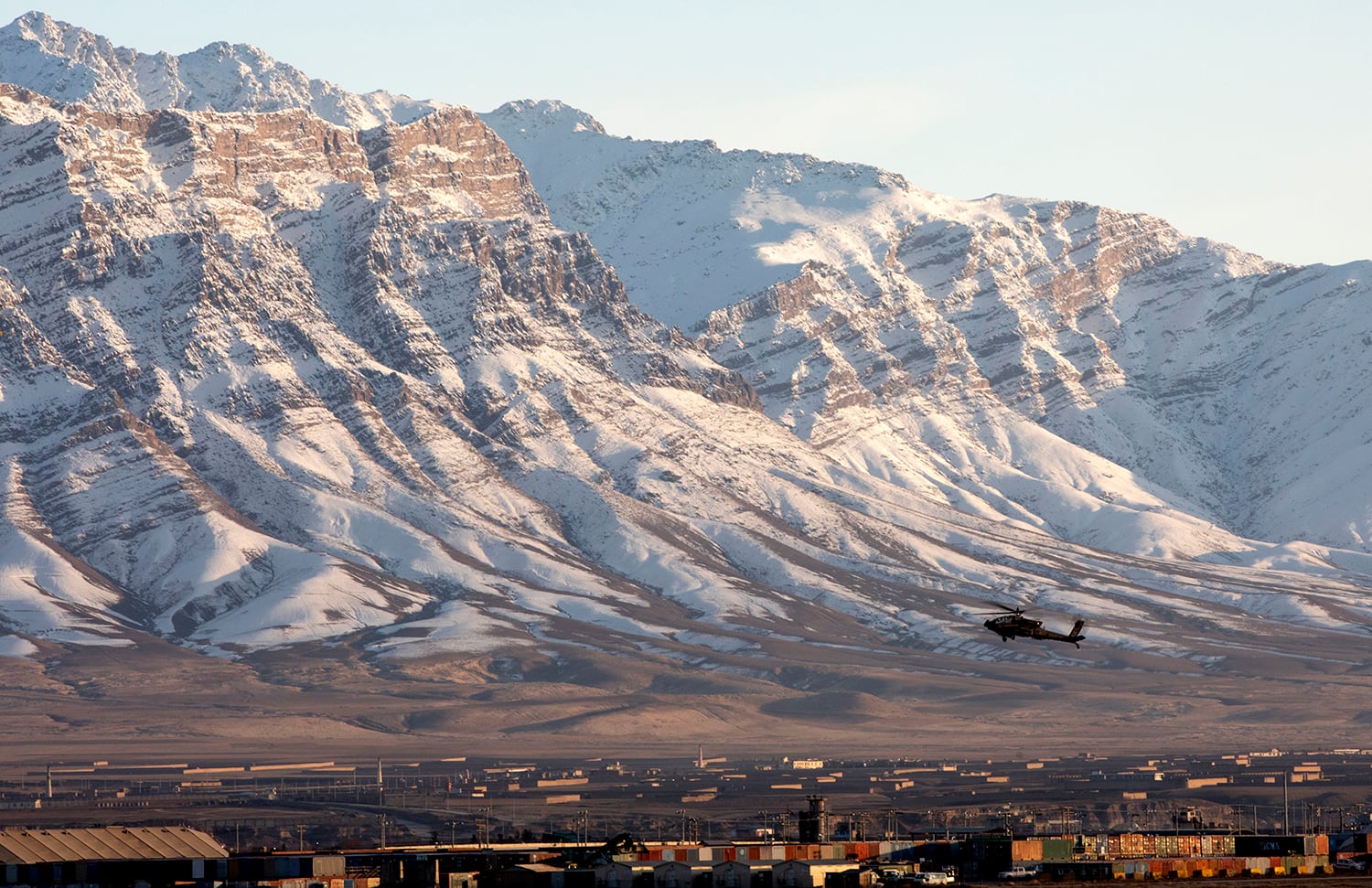
With all that said, Sopko added that predicting the future is hard, particularly in Afghanistan.
Because of the significant investment in the country, in both lives lost and treasure spent, considering the risks is an important part of assessing outcomes of a peace deal.
“We must all be clear-eyed,” Sopko said. “Neglecting to ask the right questions, failing to plan, and assuming 18 years’ worth of challenges will evaporate the day after any agreement is signed will only imperil all that we have spent and the lives that have been sacrificed.”
Kyle Rempfer was an editor and reporter who has covered combat operations, criminal cases, foreign military assistance and training accidents. Before entering journalism, Kyle served in U.S. Air Force Special Tactics and deployed in 2014 to Paktika Province, Afghanistan, and Baghdad, Iraq.
